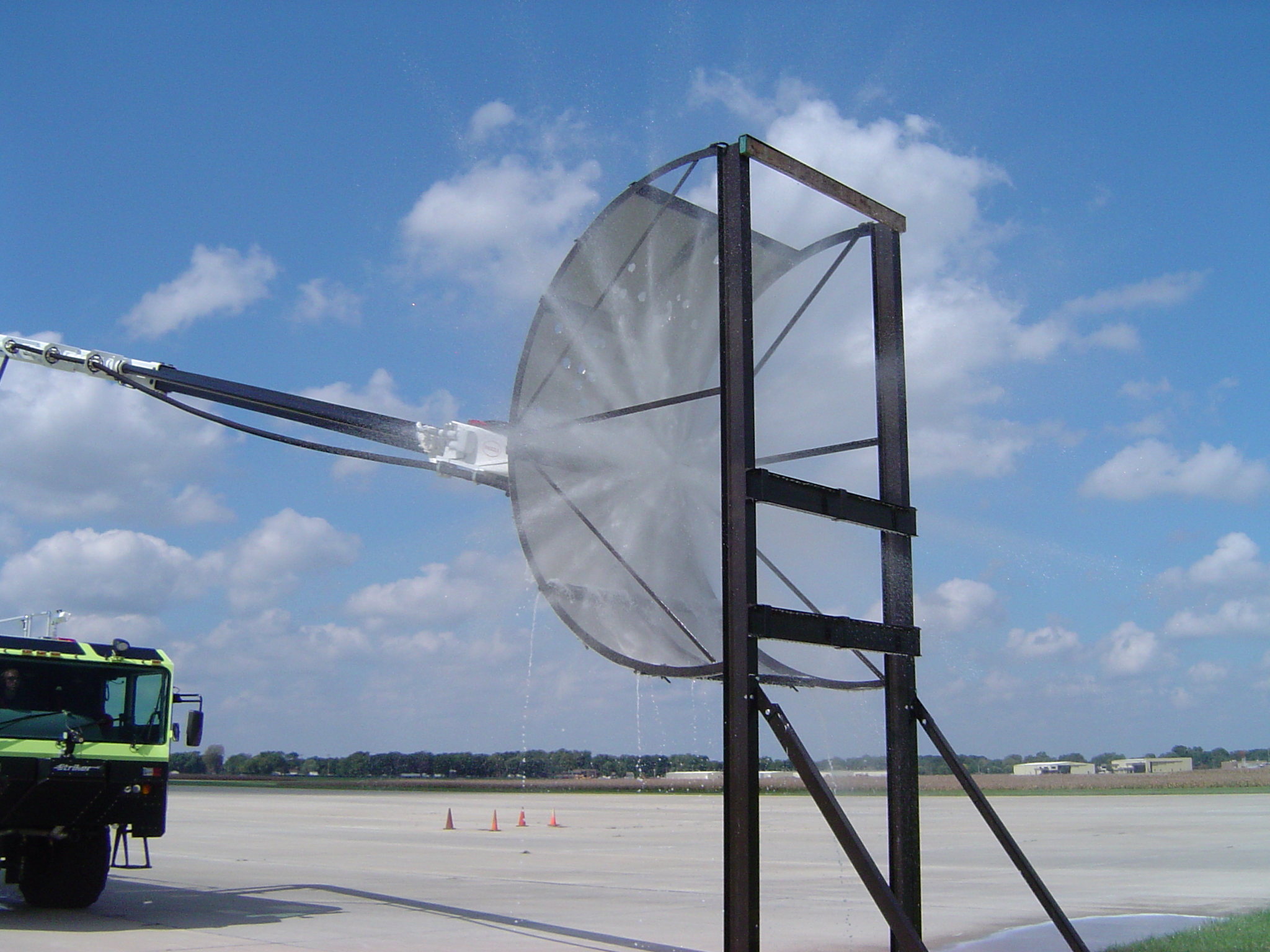Develop agent application techniques
With PAST 2.0, learn how to effectively use all your agent application appliances
Your ARFF toolbox includes HRETs, high flow bumper turrets, hydrochem or Halon nozzles, and FLIR cameras to name a few. Depending on the situation, ARFF operators must readily determine the most effective tools and agents to use and apply them successfully in a short span of time. Understanding how each agent application appliance affects the overall outcome of the event makes a huge difference.
PAST 2.0’s hands-on training approach develops intuitive skills for site evaluation, tactical approach and set up, multiple vehicle deployment, as well as application devices and techniques. It allows ARFF operators to practice operational flexibility and to train in the actual vehicles they will be responding with. It helps your department go beyond minimum standards and progress to the next level of performance expected during an emergency event.
Being prepared is not an option. It’s a requirement.
Agent application training scenarios made possible with PAST 2.0
Effective use of boom mounted piercing nozzle (video from FAA validation testing)
Water spray pattern applied above the seat back and below the overhead compartments (video from FAA validation testing)
1000 gallon JP8 fuel fire suppression. P-19 roof turret (top) vs. FAA test vehicle with HRET (bottom), each with 500 gpm discharge rate.
Encapsulated dry chemical fire suppression
These videos are discussed in detail in DOT/FAA/AR-05/53.
OUR MISSION
Airport Professional Services is committed to providing HRET training tools and promoting the science of agent application efficiency
To accomplish this goal, our mission is to provide solutions that help train and prepare ARFF departments for all kinds of aircraft events with the intent of improving the overall outcome of any aircraft incident
© 2024 Airport Professional Services, LLC


